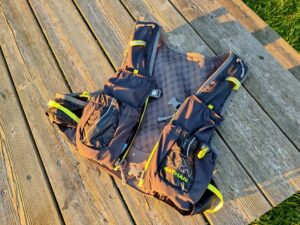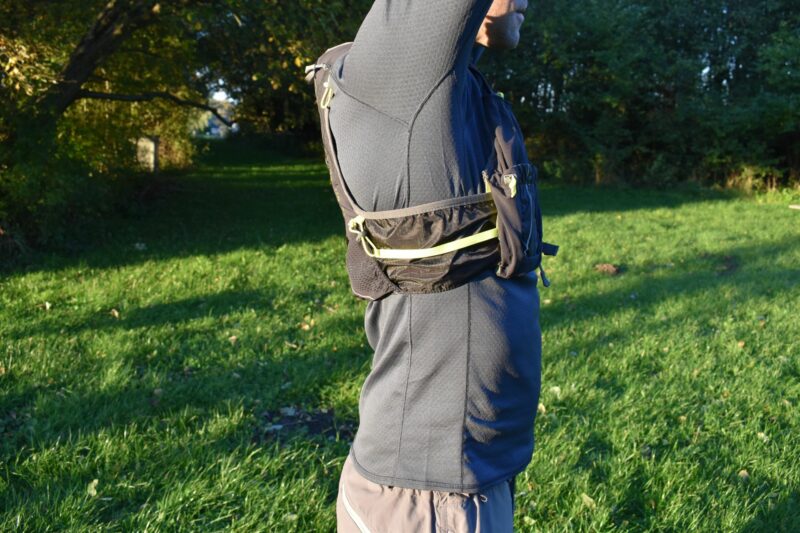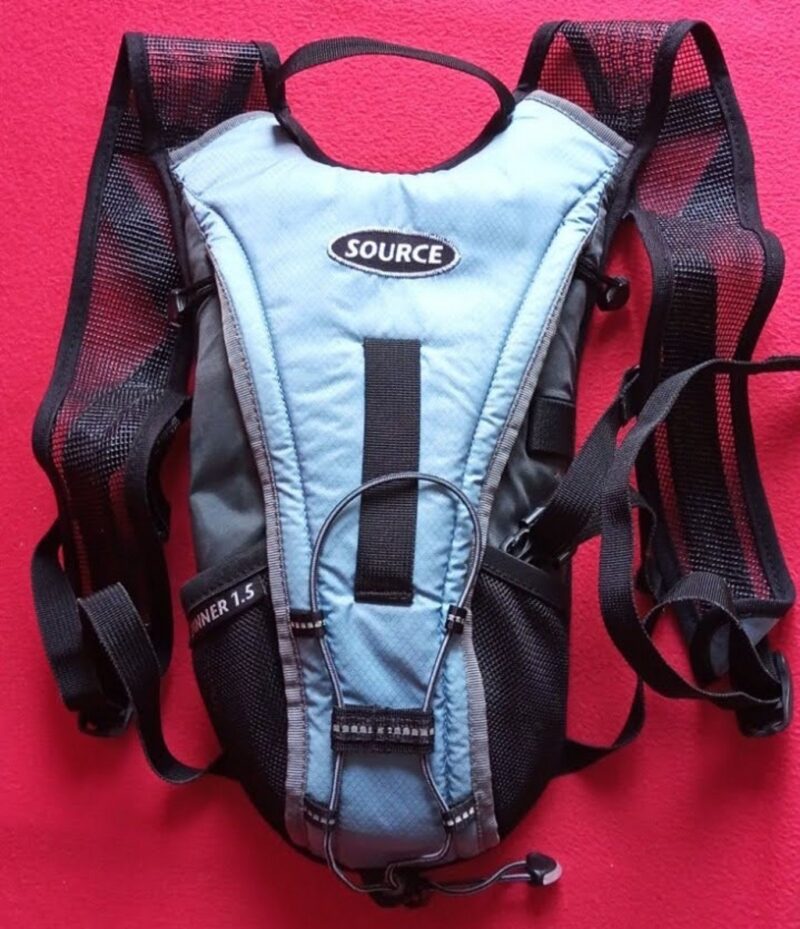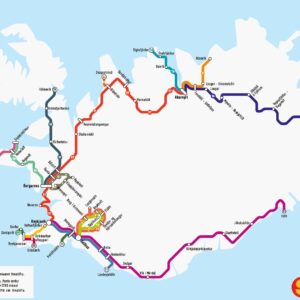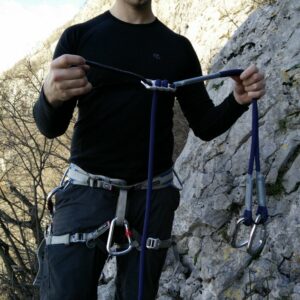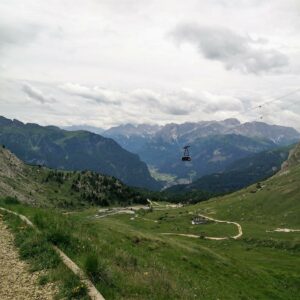The popularity of hydration packs has decreased over the last couple of years and many athletes, recreational runners and speed hikers have started using hydration vests instead. Hydration vests indeed have several advantages over hydration packs. They provide better fit, bounce less and are more comfortable to wear in general. However, hydration vests also have shortcomings and for some activities a hydration pack is simply a better option. I replaced my old Source hydration pack with the Nathan VaporAir 2.0 and CamelBak Circuit hydration vests last year and since then I’ve been mostly wearing one of the hydration vests, with a few exceptions. In the following I’ll explain the differences between hydration vests and hydration packs to help you choose the right solution for your needs and activities.
Table of contents:
Fit and Bounce
In general, hydration vests fit better and bounce less than hydration packs. When I switched from a hydration pack to a hydration vest, I was really surprised how much better a fit it provides and how little it bounces. The latter is especially noticeable during high-impact activities such as trail running.
The main reason for this is that the shoulder straps of vests are designed differently than the shoulder straps of packs. Hydration packs have shoulder straps designed in the same way as backpacks which means that the shoulder strap is adjustable in length. Tightening the shoulder straps lifts the pack higher up on your back and brings it closer to your body. Since the shoulder straps control how high up on your back the pack sits, they can’t be elastic otherwise the pack would bounce when you are running. Therefore, the whole system is quite rigid.
Hydration vests are adjusted differently. The adjustment straps are placed horizontally at the bottom of the sides and because they don’t have any effect on how high the vest sits on your back, they are usually elastic. Because they are elastic you can tighten them more so that the vest fits snugly around your body and nicely follows your movements and breathing. Some vests have two adjustment straps on each side for a perfect fit. Now you might ask yourself how do you then control how high the vest sits on your back? Well, the thing is that you can’t. That’s why vests are available in multiple sizes. If you buy a too big vest, it will sit too low on your back and if the vest is too small it will sit too high on your back.
Storage
There are three different things that are important in terms of storage: storage capacity, water capacity and storage options (pockets, compartments etc.).
Hydration vests typically don’t have a storage capacity above ten liters or so because they work best for carrying light loads. I mentioned above that it’s not possible to adjust how high on your back the vest sits. Therefore, it is important that the weight is distributed somewhat evenly between the front side and the back side of the vest. Hydration vests have more storage options on the front side (pockets for accessories, soft flasks etc.) than packs and thus it’s not hard to distribute the weight evenly. If the back side of the vest is significantly heavier than the front side, it will pull the front side of the vest up due to the imbalance and consequently the vest will be less comfortable to wear. Therefore, vests are in general designed for light loads and have a relatively small storage capacity.
The biggest hydration vest I found online is the Osprey Duro 15 with a storage capacity of 15 liters. However, if you thoroughly investigate the product, you’ll see that although it’s being advertised as hydration vest it’s actually a hydration pack. It has the same shoulder straps as any backpack. That’s not the case with the smaller Osprey Duro 6 which is a proper hydration vest.
Hydration packs are available in a wider range of storage capacities. Those that are made for running have similar storage space as vests but there are also hydration packs with a lot more capacity. These packs are primarily intended for hiking, mountaineering, biking etc.
In terms of water capacity, hydration packs typically come with 1.5-liter, 2-liter or 3-liter hydration bladders. The first two sizes are also very common in hydration vests. However, hydration vests rarely come with a 3-liter hydration bladder. Nevertheless, they typically have two pockets for soft flasks on the front side which increase the total water capacity for a liter or so.
Hydration vests have more storage options on the front side than hydration packs. For example, my Nathan Vapor Air 2.0 hydration vest has no less than 8 pockets on the front side. Many hydration packs don’t have any pockets on the front side. There might be small shoulder strap pockets for storing energy bars but that’s pretty much it. Pockets on the front side are very useful because they are easy to access on the go. You can get things out of them without stopping and taking the pack off.
Breathability
Both hydration vests and hydration packs are mostly made of mesh fabrics which provides very good breathability. However, hydration vests are wider and cover more of your body. Therefore, it’s safe to say that they provide inferior breathability in comparison to hydration packs. When I started wearing the hydration vest, I quickly noticed that I sweat a bit more than I used to wearing a hydration pack. The difference was especially noticeable on the sides of my torso where a hydration vest covers the body. So, in terms of breathability a hydration pack is a better option because it covers less of your body.
Conclusion
So, should you buy a hydration vest or a hydration pack? If you are planning to mostly use the product for running and speed hiking, and you don’t need a lot of storage space, a hydration vest is the obvious choice because it provides better fit, bounces less and is simply more comfortable to wear. Furthermore, a hydration vest will also have more pockets on the front side which is very useful because front pockets are easily accessible on the go.
If you need more than ten liters of storage capacity or you’re buying a product for a low impact activity such as biking, I recommend going for a hydration pack instead. Hydration packs are available in bigger sizes and provide better breathability because they cover less of your body.
I’d love to hear about your thoughts on hydration vests and hydration packs. Write them in the comments section below.
